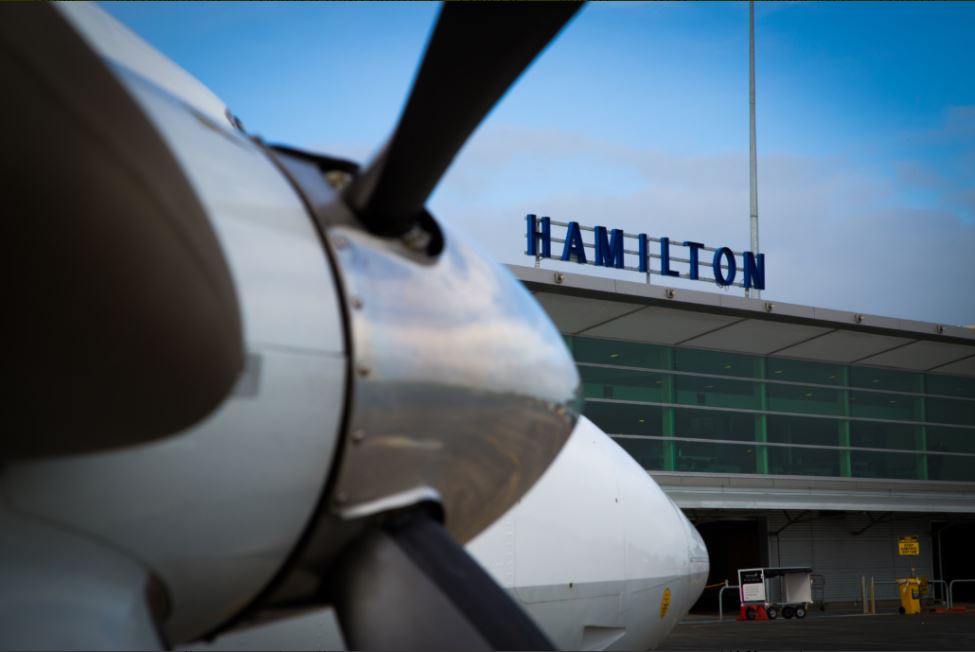


With long-haul international travel heavily restricted and a large number of people still working from home and therefore looking to fly from their local airport if needed, could regional and business aviation airports be in a position to recover more quickly than their bigger primary counterparts?
Indiana’s Terre Haute Regional Airport’s Executive Director, Jeff Hauser, certainly thinks so. He reveals that while activity at his airport slowed down back in March and April when the pandemic first hit, by June numbers at the airport were more-or-less back to normal.
“As of now we are pretty much on our normal schedule,” he told News 10, before adding, “We’re having most of our regional commuters – those types of airplanes – coming in, and corporate never really seemed to slow down a whole lot for us.” He added that it’s not the same for the bigger airports, such as Indianapolis, which has still “not come completely back”.
In New Zealand, where borders are currently closed to almost all arriving or departing passengers, local travellers are opting for staycations and choosing to fly between regional hubs to areas they perhaps may never have opted to travel to previously.
In response to rising demand, local New Zealand-based carrier Originair revealed this week that it is increasing its Nelson–Palmerston North services from eight to 14 flights per week. “Demand for our services on the Nelson–Palmerston North route has grown and we hope that this extra scheduled frequency will be helpful for travellers accessing the central North Island and for North Island travellers visiting the Top of the South,” said Originair CEO Robert Inglis.
Originair is also restarting a regional link that was previously served by Air New Zealand from Hamilton Airport to Palmerston North. Referencing how the partnership with Originair was good news for the regional economies of Waikato and Manawatu, where the respective airports are based, Hamilton Airport’s Chief Executive, Mark Morgan, said: “Both the Hamilton and Palmerston North airport companies are committed to supporting business and regional recovery, and the re-establishment of the Hamilton–Palmerston North service will help facilitate that.”
If all goes well, Hamilton plans to increase its Palmerston North schedule as well as look at a direct route to Nelson in 2021. The airport is also supporting Air New Zealand with plans to expand its schedules to Wellington and Christchurch.
Meanwhile, in the northern hemisphere, a new codeshare agreement between Loganair, the UK’s largest regional airline, and Channel Islands-based regional operator Blue Islands, is set to improve north-south connectivity across the UK and to Jersey and Guernsey with a strong focus on regional hubs.
Passengers can now book connecting itineraries including Inverness to Southampton and Exeter via Manchester, Aberdeen to Southampton and Exeter via Manchester, and from Newcastle, Glasgow and Edinburgh to the Channel Islands via Southampton or Exeter.
The ability to book journeys in a single ticket through either airline’s website will also enable customers to save the double Air Passenger Duty, which would otherwise apply if tickets for the flights were purchased separately. Music to the ears of airports, airlines and passengers alike…
This pandemic is by no means over but with domestic and regional services starting to pick up, if ever there was a moment for regional airports to step into the spotlight, this is surely it!
Have a great weekend and I hope you enjoy reading the latest issue of Regional Gateway, which is out now!
Chloë Greenbank,
Editor, Regional Gateway.





